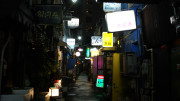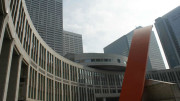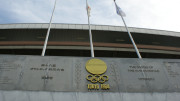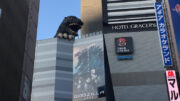Shinjuku Gyoen National Garden was originally the residence of the Naito family, whose head, Lord Naito, was a feudal lord during the Edo Period. The garden was constructed over four years and completed in 1906. However, it suffered extensive damage during World War II bombing raids. After the war, the garden was rebuilt and opened to the public in 1949, officially named “National Park Shinjuku Imperial Gardens.” Spanning 144 acres, it remains one of the most significant gardens dating from the Meiji era.
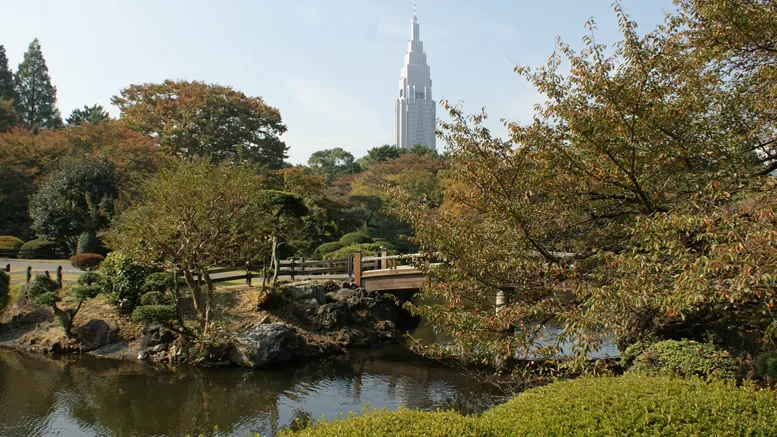
A Garden of Three Styles
Shinjuku Gyoen seamlessly blends three distinct landscape styles:
- French Formal Garden – Symmetrical and meticulously maintained
- English Landscape Garden – Open lawns and naturalistic scenery
- Japanese Traditional Garden – Serene ponds, bridges, and tea houses
The garden is most famous for its approximately 1,500 cherry trees, which make it a prime hanami (cherry blossom viewing) spot in spring. It also features over 20,000 trees, including a wide variety of seasonal flora. Another peak time to visit is early November, when the garden bursts into autumn colours and showcases Japan’s national flower, the chrysanthemum. The chrysanthemum displays are spectacular, featuring topiaries, exotic grafted varieties, and breathtaking cascades of blooms.
Landmarks Within the Garden
Visitors can explore several historic and cultural attractions within the park, including:
- Tea houses and traditional restaurants
- An art gallery
- A large greenhouse with exotic plant species
- Shinjuku Gyoen Goryo-tei (Imperial Rest House) – Built in 1927 to commemorate the wedding of Emperor Showa, it is one of the few structures in the park that survived WWII.
Visitor Information:
- Opening Hours: 9:00 AM – 4:30 PM (Closed on Mondays and New year period)
- Admission Fee: 500 yen
Access:
-
- 10-minute walk from JR Shinjuku Station (Yamanote, Chuo, and Shonan-Shinjuku Lines).
- 5-minute walk from Shinjuku Gyoemmae Station (M10) on the Tokyo Metro Marunouchi Line.
- 5-minute walk from JR Sendagaya Station on the JR Sobu Line.
Official Website:
https://www.env.go.jp/garden/shinjukugyoen/english/index.html

